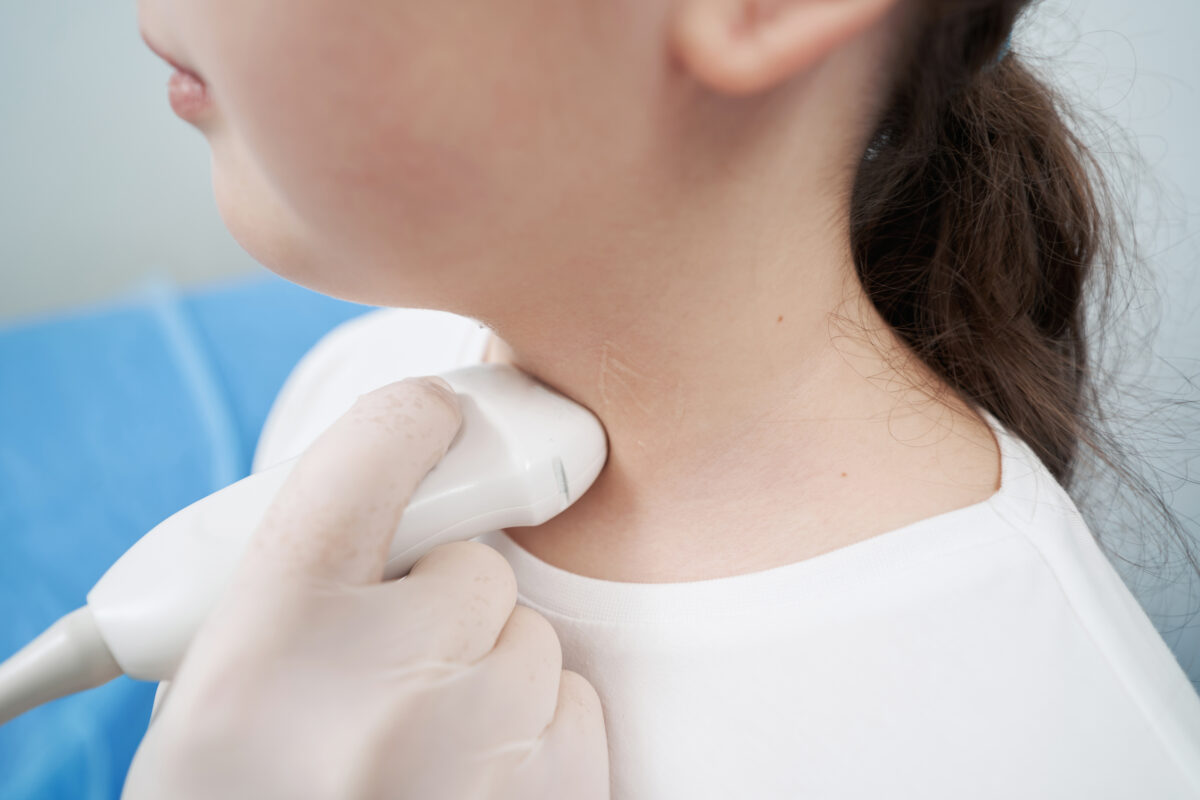Are you wondering, “what is the HPT axis?” Perhaps you heard the term mentioned by your doctor or you read it in a health forum. But, what exactly is it and how does it play a role in your overall well being?
In this article, find out everything you need to know about the HPT axis, your thyroid, and the hormones that it regulates. Let’s dive right in!
What is the Hypothalamic-Pituitary-Thyroidal (HPT) Axis?
In essence, the HPT axis is an acronym for the hypothalamic-pituitary-thyroid axis. It relates to your hypothalamus and pituitary gland. This means that it plays an integral part in your thyroid hormones!
HPT Axis and Your Hormone Levels
Your thyroid is located in the front of your neck and just below your “Adam’s apple.” Its job is to take iodine (found in the food you swallow) and form special thyroid hormones that help regulate your metabolism, growth and development.
Thyroid hormone levels are tightly regulated in the body. As depicted in the diagram below, there is a feedback loop that keeps hormones at appropriate levels.
In other words, it’s a checks and balance arrangement between the various hormones and glands.
So, what does the hypothalamus and pituitary gland do and how do they relate to the HPT axis?
What is the Hypothalamus?
First, the hypothalamus is part of the brain that helps control the hormone production of the pituitary gland. That means the hypothalamus and the pituitary gland go hand in hand!
In fact, it is physically connected to the pituitary gland with the pituitary stalk or infundibulum. The hypothalamus sends chemical messages to the pituitary gland and regulates many other hormones such as:
- Cortisol
- Growth hormone
- Sex steroids
- Antidiuretic hormone
Without the help of the hypothalamus, your body’s hormones - in particular, your sex and growth hormones - would not be regulated properly.
What is the Pituitary Gland, aka the “Master Gland?”
Next, the pituitary gland, better known as your body’s master gland, is located at the base of the brain and behind the nose. The pituitary gland is made up of 2 distinct lobes.
The lobe closer to the front is called the anterior pituitary gland or adenohypophysis. Meanwhile, the lobe closer to the back of the head is called the posterior pituitary gland or the neurohypophysis.
For starters, the anterior pituitary secretes hormones such as:
- Thyroid stimulating hormone
- Adrenocorticotropin
- Luteinizing hormone
Respectively, these chemical messages tell the thyroid gland, adrenal gland, and the gonads to release thyroxine, cortisol, and estrogen/testosterone.
Now that you know which hormones are produced in the hypothalamus and stored in the posterior pituitary gland, you’re probably wondering how the HPT axis actually works.
Let’s take a look!
How Does the HPT Axis Work?
In simple terms, the hypothalamus and pituitary release just the right amount of hormones or chemical messages that stimulate the thyroid gland to release thyroxine (T4) and triiodothyronine (T3). Then the thyroid gland releases mostly thyroxine, which gets converted into the active form of thyroid hormone. It’s worth noting that there are thyroid hormone receptors (or sensors) on the hypothalamus and pituitary gland that then downregulate the thyroid from releasing too much hormone.
Importance of a Functioning HPT Axis
Can Children Experience Thyroid Hormone Imbalances?
Contrary to popular belief, thyroid hormone imbalances can happen to people of all age ranges - including children.
An issue in the hypothalamus, pituitary, or thyroid gland can cause an imbalance in the system, even to patients under the age of 12. This could lead to stunted growth, hypothyroidism, and a slow metabolic rate.
What to Do About Hormone Imbalances in Children
Here’s the good news: Modern medicine allows medical professionals to evaluate the hormones in these glands. Based on these results, your pediatric endocrinologist can figure out where the imbalance is and offer treatment to get you back in balance.

